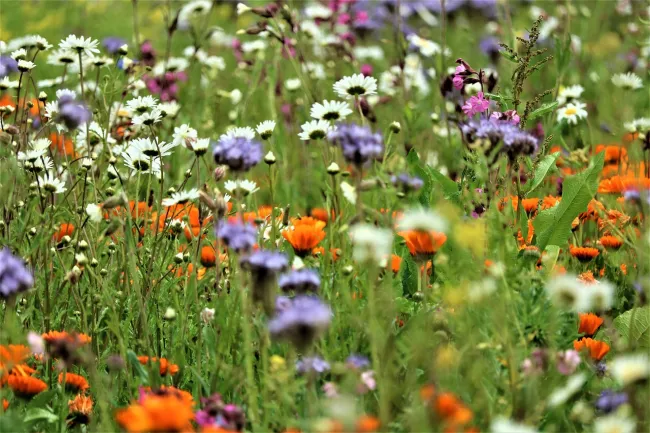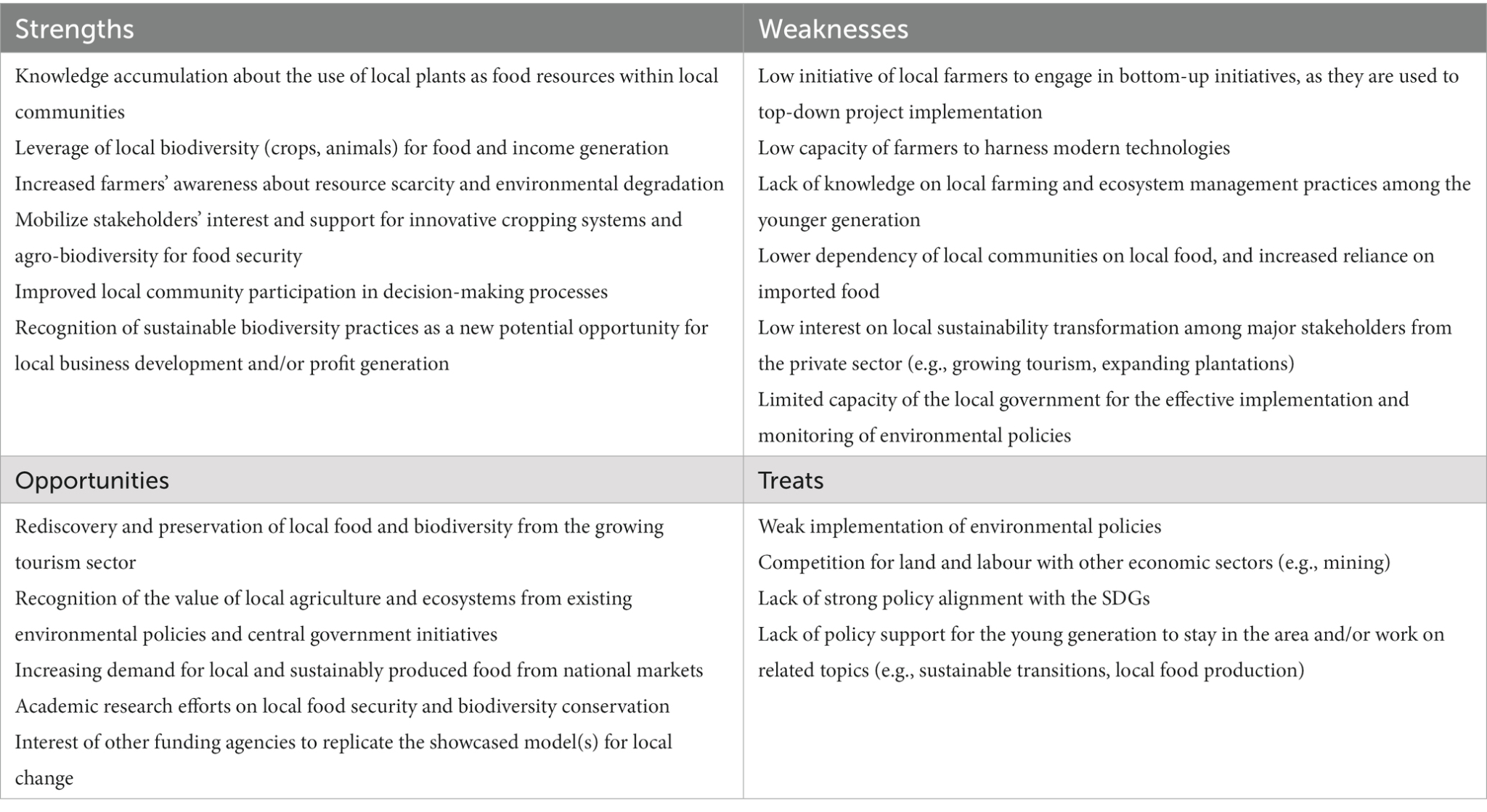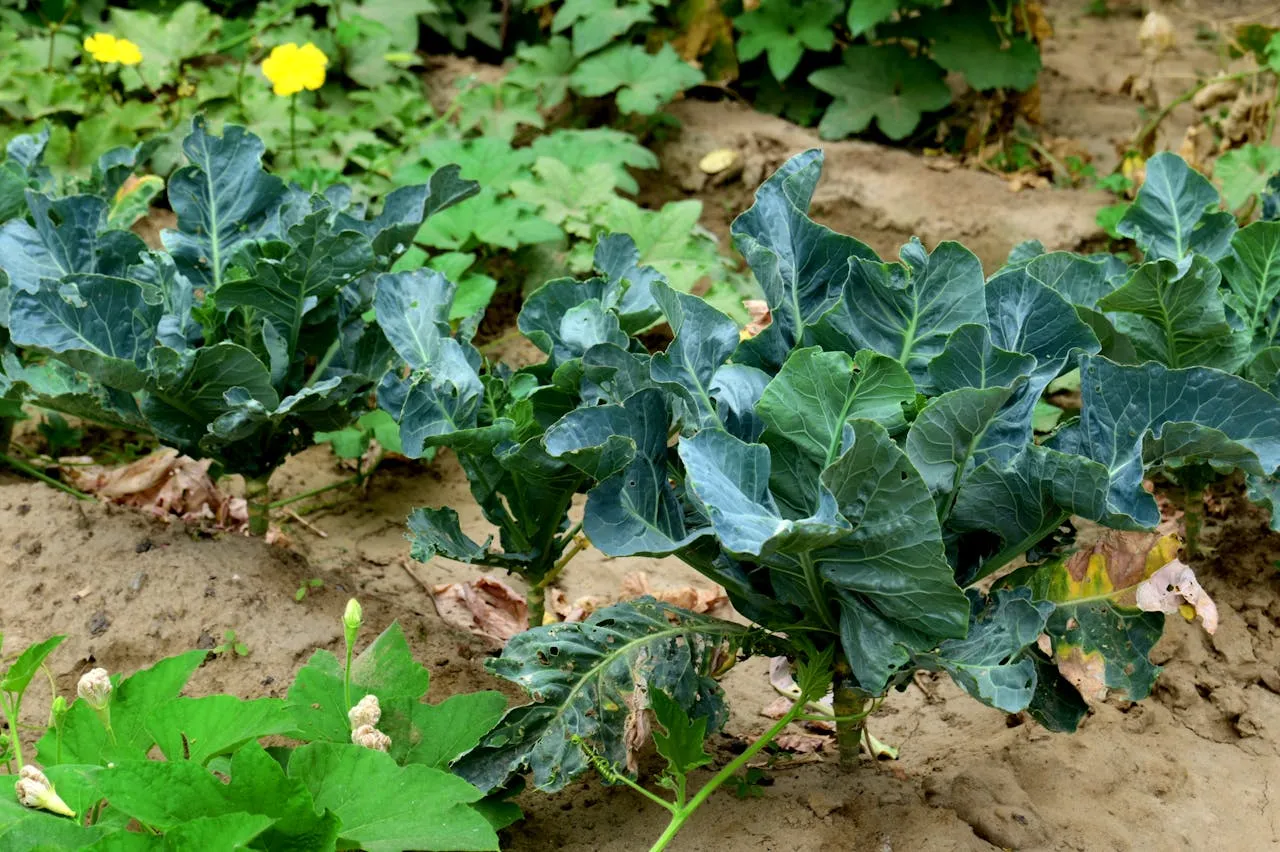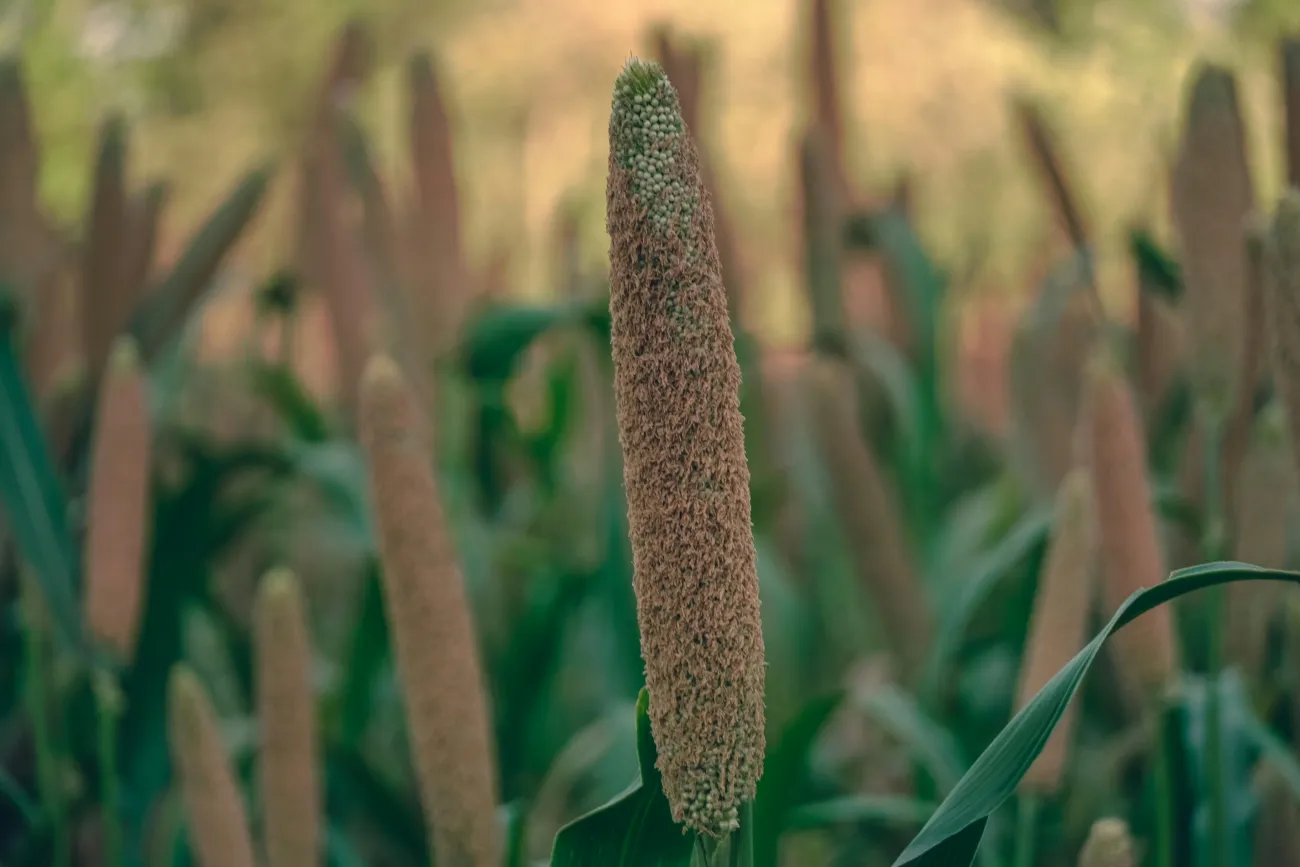Maintaining biodiversity is key to a healthy food system; for example it is critical for the functioning of agroecosystems (influencing factors like soil health and the hydrological cycle) and it ensures genetic diversity in crops and animals. This paper assesses whether biodiversity-focused nature-base solutions (NbS) - the management and utilisation of nature to address sustainability challenges - provide a viable solution to the challenge of maintaining both biodiversity and a sustainable food system.

Summary
Biodiversity helps the food system to remain stable and resilient in face of climate change. However, biodiversity loss has been accelerating globally in recent decades, compromising food system resilience and stability. Thus, biodiversity loss is a major threat to the sustainability of the food system, particularly in relation to UN Sustainable Development Goals (SDGs) such as "Zero Hunger". Simultaneously, the food system itself remains a driver of biodiversity loss; it is the most important driver of land-use change, a major emitter of greenhouse gas emissions, and contributes to pollution through fertiliser run-off. This creates a paradoxical situation where the food system simultaneously relies on and remains a major threat to biodiversity.
One contributor to the sustainable transformation of food systems might be the development of locally appropriate biodiversity-based solutions through Sustainable Development Goal - Labs (SDG-Labs). SDG-Labs are a form of sustainability-oriented labs – projects aiming to test potential solutions to sustainability issues by combining cooperation between multiple stakeholders and context-specific solutions – that implement biodiversity-focused NbS. This paper assesses the outcome of six SDG-Lab studies in Uganda, Madagascar, Armenia, China, Thailand, and Japan. The labs ran from January 2020 to October 2021 (the period was extended due to COVID-19), and final results were presented at the 8th International Conference on Sustainability Science on the 19th January 2022. In this paper the authors performed a comparative analysis looking at the (a) objectives, (b) transdisciplinarity, (c) outcomes, and (d) lessons learned associated with each of the six SDG-Labs. Fig. 1 summaries the objectives for each of the six SDG-Labs.

fig. 1 Objectives of selected and implemented SDG-Labs (Table 1, Jarzebski et al., 2023).
In terms of transdisciplinarity the SDG-Labs used various techniques to engage a range of stakeholders (local communities and government, private sector, NGOs, and academia). Whilst each SDG-Lab had a major focus on being transdisciplinary, they each used slightly different combinations of engagement strategies (using some or all of on-site interviews, on-site workshops/training, field research, online interviews, and online workshops). The outcomes of all six SDG-Labs can be seen through their wider impacts on promoting UN SDGs. For example, they all contributed to “Zero Hunger” by increasing access to/availability of food in local communities. Moreover, their contributions to climate change adaptation and mitigation can be seen as promoting “Climate Action”. Finally, all six promoted “Life On Land”, and three also contributed to “Life Below Water”, which shows the SDG-Labs had major impacts on biodiversity outcomes (particularly species diversity).
To try to understand the lessons learned by the six SDG-Labs the authors also performed a Strengths, Weaknesses, Opportunities and Threats (SWOT) analysis. Strengths and Weaknesses primarily refers to methodological considerations for the different solutions, whilst Opportunities and Threats to wider issues that may impact sustainable transformation. The results of the SWOT analysis are summarised in table two below.

Table 2. Strengths, Weaknesses, Opportunities and Threats (SWOT) analysis for the six SDG-Labs (Table 5, Jarzebski et al., 2023).
Overall, this study shows that SDG-Labs can make major contributions at the nexus between biodiversity, food systems, and climate change. It also emphasises the importance of transdisciplinary approaches to promote context-specific sustainability solutions. However, the synthesis from the SWOT analysis demonstrates that there are also various context-specific challenges that must be addressed to maximise the potential for SDG-Labs to act at the scale required for extensive, sustainable transformation of the food system.
Abstract
Although biodiversity is a central component of food systems, conventional food systems have become one of the major drivers of biodiversity loss globally. There is an increasing need to transform food systems to provide sufficient and nutritious food, but with minimal negative impacts on the environment and society. One of the possible avenues to enable the sustainable transformation of food systems might be through the development of locally appropriate biodiversity-based solutions. In this paper we report the insights and lessons learned during the design and implementation of transdisciplinary projects that employed the concept of Sustainable Development Goals labs (SDG-Labs) to create biodiversity-based solutions to transform food systems. The six SDG-Labs outlined in this paper were implemented in Armenia, China, Japan, Madagascar, Thailand, and Uganda. Collectively they developed very diverse biodiversity-based solutions that used different components of biodiversity, ranging from novel cultivation systems with endangered plants, to gardens using tree species for windbreaks, or novel tea-forestry production systems. Beyond their ability to leverage different components of biodiversity to transform local food systems (also conserving biodiversity in the process), all solutions had multiple co-benefits such as climate change adaptation/mitigation and livelihoods generation, among other sustainability domains. Through a Strengths-Weaknesses-Opportunities-Threats (SWOT) analysis we synthesized the experiences gained during the design and implementation of all six SDG-Labs. The findings suggest the great promise of these transdisciplinary approaches for developing solutions at the biodiversity-food-climate nexus. However, this synthesis paper also points to the multiple context-specific challenges that should be overcomed to maximize the potential of SDG-Labs to both enable the sustainable transformation of (local) food systems and/or be scaled up effectively.
Reference
Jarzebski, M.P., Su, J., Abrahamyan, A., Lee, J., Kawasaki, J., Chen, B., Andriatsitohaina, R.N.N., Ocen, I., Sioen, G.B., Lambino, R. and Saito, O., 2023. Developing biodiversity-based solutions for sustainable food systems through transdisciplinary Sustainable Development Goals Labs (SDG-Labs). Frontiers in Sustainable Food Systems, 7, p.1144506.
Read the full article here and for more on development and aid in our blog




Comments (0)